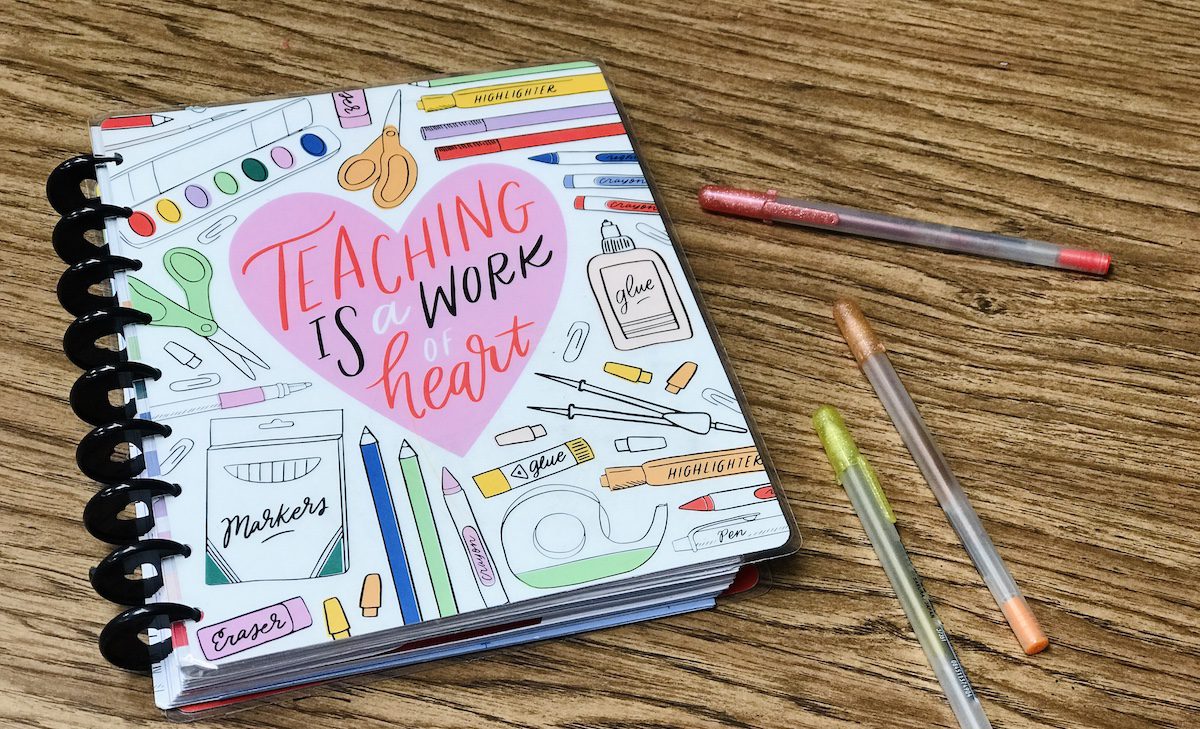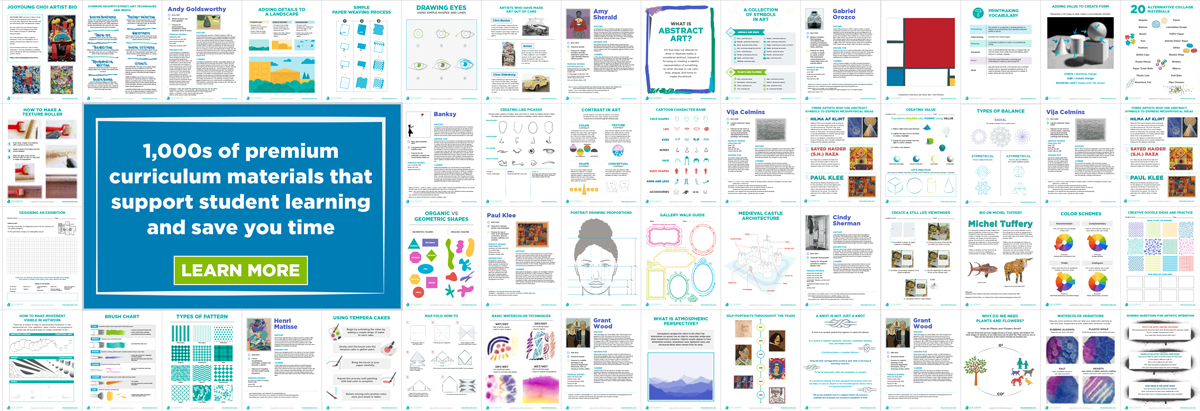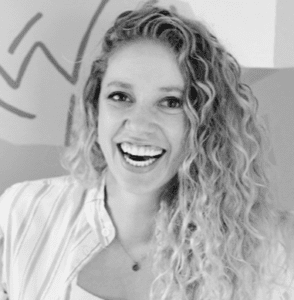Does the phrase “curriculum revision” excite you or bring a sense of unease?
Whether you are a veteran art educator or it’s your first year teaching, planning your curriculum is something we all need to do. Planning your curriculum doesn’t have to be a stressor; in fact, it can actually be fun! Let’s break it down into a few must-haves to make the task significantly less scary.
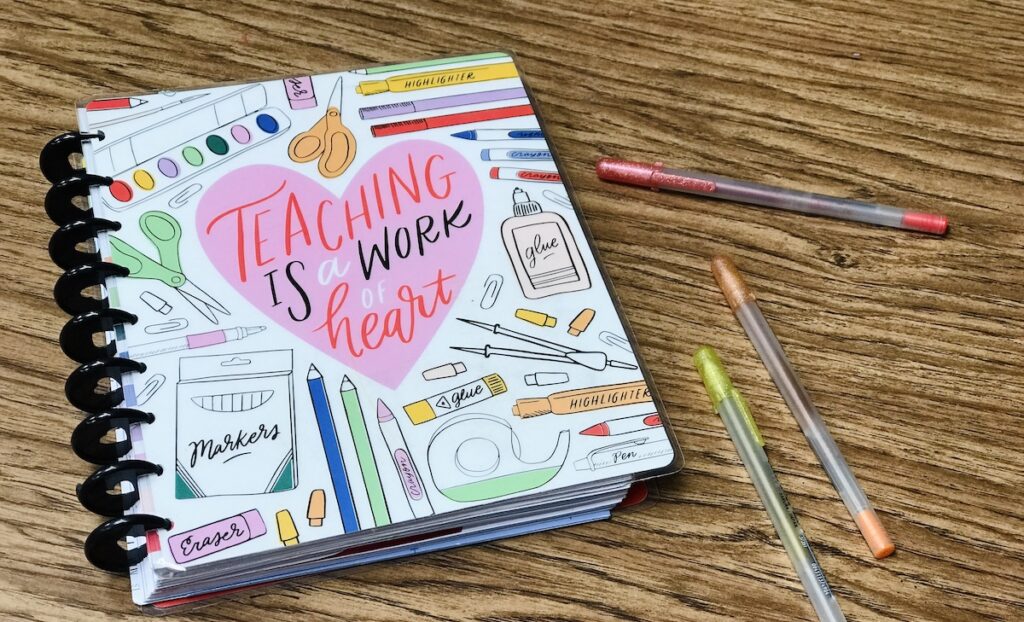
Before you dig in too deep, you’ll want to check with your district to see if there is already an art curriculum in place. Some districts purchase art curriculum, have art educators work together to develop set curriculum standards, or allow teachers to create a curriculum that fits their needs. Whatever the situation is with your art curriculum, try and enjoy the process of planning. After all, what we choose to teach our young artists truly dictates our experiences.
13-Step Curriculum Review Process
Consider these 3 ways to rev up your curriculum development or revision:
1. Medium Exploration
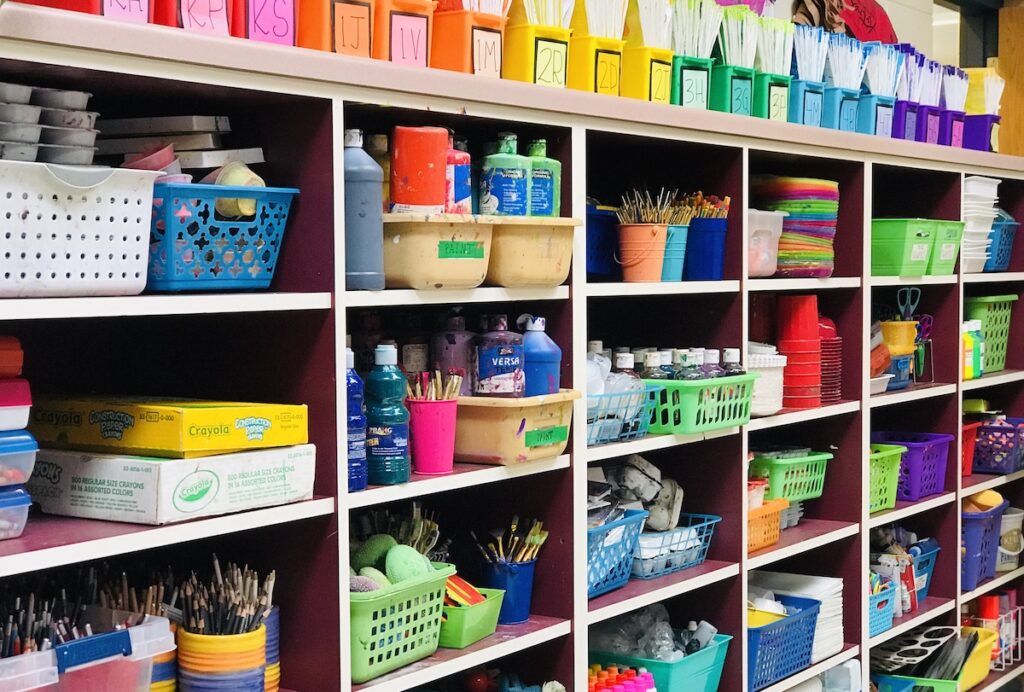
As art educators, part of our job is to introduce students to a variety of art mediums. The exploration of new materials is a vital part of shaping our students as artists. When planning your curriculum, pay attention to the storage shelves in your art room and ask yourself these questions regarding materials:
- Do my students create with multiple mediums during a school year?
- What new mediums do I need to introduce to my students?
- What kinds of mediums do I gravitate toward as an artist and educator? (Drawing, Painting, Ceramics, Printmaking, Fibers, Collage, Sculpture, Glass, Metal, Wood, Digital Art, Photography, etc.) Check out these 10 Concepts Every Intro to Art Course Should Cover.
- Do my preferences dictate what mediums I expose my students to during our lessons?
- Can my students identify differences between art mediums? See Nic Hahn’s use of monster mediums as a helpful way to teach students about all art mediums.
2. New Ideas and Themes
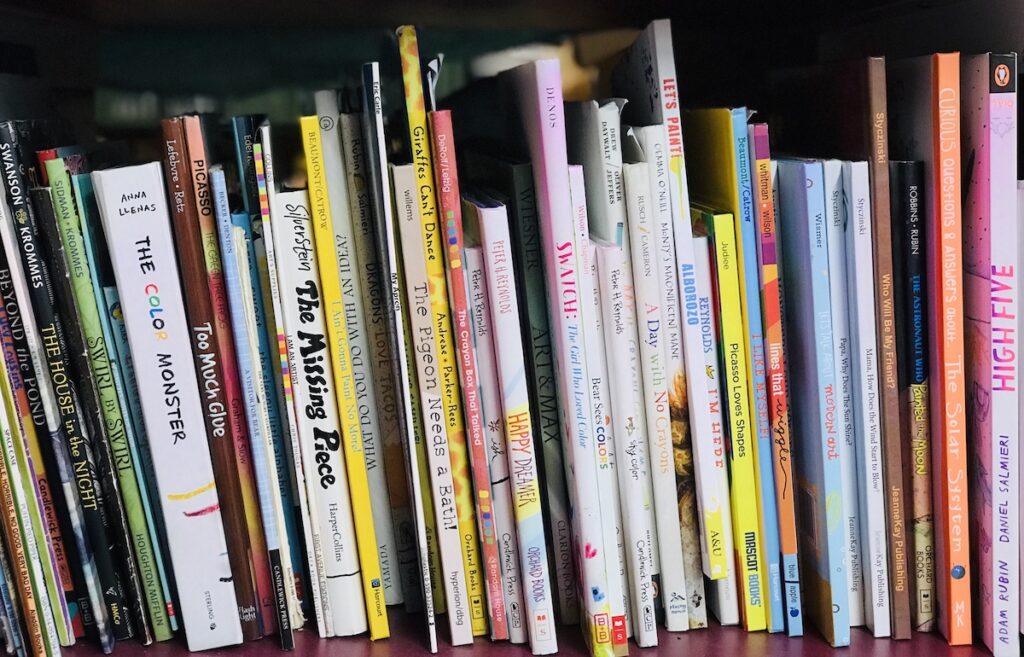
Art teachers often have the flexibility to incorporate new and exciting ideas into their yearly curriculum planning. When you see a new idea and you know you just have to try it with your students, a little rearranging can make it possible.
Usually, your elongated list of new ideas grows after attending an awesome art education conference. That feeling of excitement about these new ideas keeps your spark for teaching alive. Carry that spark with you as you plan your curriculum and incorporate a few new ideas into your planning.
Take a look at your stack of resources from conferences, themes, or books and ask yourself these questions.
- What new ideas have ignited my spark?
- Could I work within a theme? For example, what could be the theme of our art show?
- What books or resources can I tie into my curriculum planning, building a connection between literacy and art?
- Can I incorporate Social Emotional Learning into my art room to help build strong artists and strong people?
- Check out these 5 SEL art lessons or this PRO Learning Pack about mindfulness.
3. Relation to Art Standards
Art Standards bring us all together. Our four overarching concepts from the National Core Arts Standards are creating, presenting, responding, and connecting. As art teachers, we do all four of these things with our students every day. Boiling down the standards to these four big ideas can help you identify the best way to approach your curriculum planning. Check out how to Revamp Curriculum to meet the National Visual Arts Standards.
Spend a little time on your computer researching art standards and consider these questions.
- How does my curriculum currently line up with the National Core Arts Standards?
- Do my students know the importance of the four big ideas of creating, presenting, responding, and connecting?
- What could I change to improve how my curriculum plan relates to Art Standards?
- What do I need to know about the National Core Arts Standards?
When it comes down to it, planning a successful art curriculum will be made up of your must-haves. Your artists can tell when you are excited about teaching and will feed off of your excitement.
Most importantly, plan with passion and purpose.
Focus your mindset on viewing curriculum planning as an exciting challenge and an adventure to try new things in your art room. Inevitably, every necessary task is what you make of it. So, why not make it fun and empowering?
What kind of curriculum planning is required of you?
Are you able to work with a team when planning your curriculum?
What is your favorite part about planning your curriculum?
Magazine articles and podcasts are opinions of professional education contributors and do not necessarily represent the position of the Art of Education University (AOEU) or its academic offerings. Contributors use terms in the way they are most often talked about in the scope of their educational experiences.
